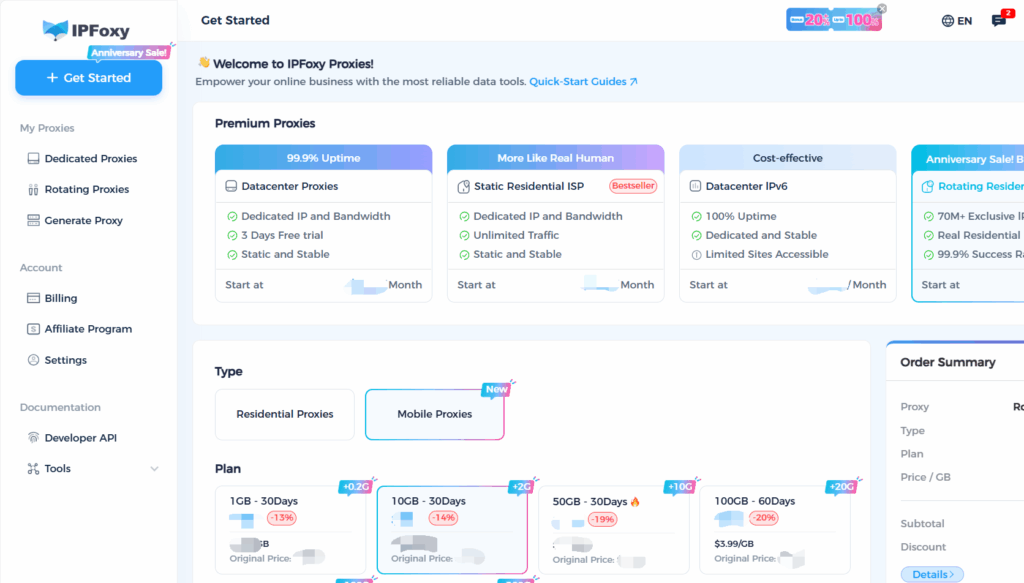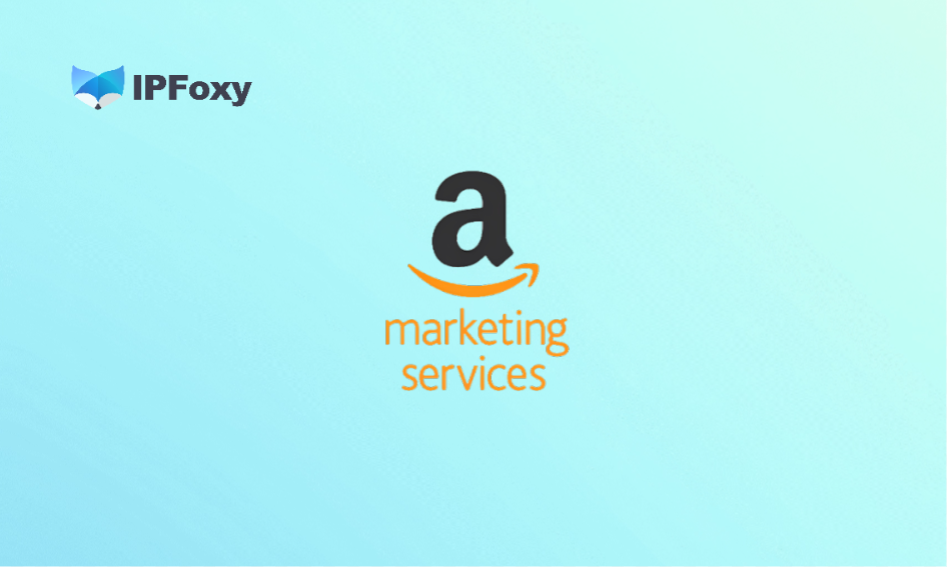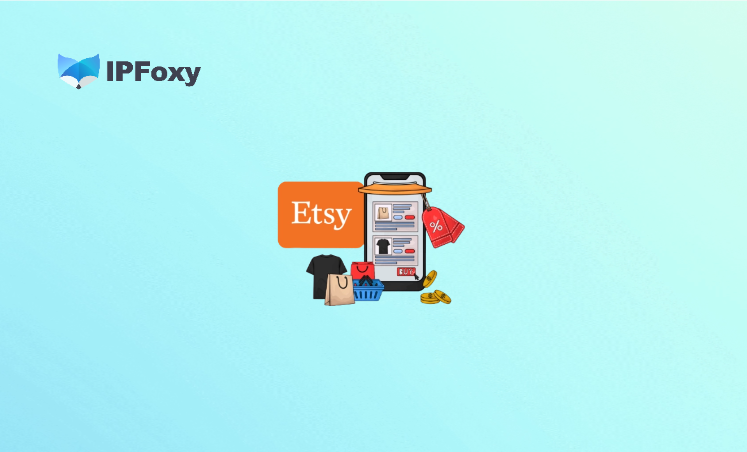Whether it’s long-form or short-form videos, YouTube remains one of the most popular platforms worldwide. Beyond entertainment, many creators are leveraging YouTube to generate income. In this article, we’ll walk through the most common monetization methods in 2025, analyze the earning potential of each, and highlight key details to watch out for.
I. YPP Monetization
1. How it works:
The YouTube Partner Program (YPP) is the most common way creators earn money. Once your channel hits the threshold (1,000 subscribers and 4,000+ watch hours for long-form content, or 500 subscribers and 10 million Shorts views), you can apply to join. Ads will then be placed before, during, or after your videos, and you’ll earn a share of the revenue.
2. Best practices:
- Consistently publish original content and stay copyright-compliant
- Aim for videos longer than 8 minutes to enable mid-roll ads
- Create content in niches with high CPMs (e.g., tech, SaaS, education)
3. Challenges & solutions:
- High entry threshold → requires steady audience growth
✅ Focus on a niche vertical to quickly build a loyal subscriber base - Copyright risks → reuploads or infringement can get flagged or banned
✅ Stick to original work, and use licensed music or stock footage platforms if needed
II. Channel Memberships
1. How it works:
This is YouTube’s subscription-based model. Fans pay a monthly fee for perks like custom badges, exclusive live streams, or members-only videos.
2. Best practices:
- Offer tiered membership levels (basic supporter, VIP, etc.)
- Provide behind-the-scenes content, private Q&A, or members-only extras
- Host regular exclusive live streams to boost retention
3. Challenges & solutions:
- Low conversion → many users expect free content
✅ Build a sense of community and exclusivity to encourage support - Ongoing workload → requires consistent extra content
✅ Plan content in advance, use batch recording and automation tools
1. How it works:
AdSense remains a core income stream. Ads come in formats like display ads, skippable video ads, and bumper ads
2. Best practices:
- Focus on high-value niches (e.g., SaaS, B2B)
- Optimize titles, tags, and thumbnails for higher CTR
- Increase session duration and engagement to avoid low-quality traffic
3. Challenges & solutions:
Google runs the world’s most advanced ad fraud detection system. By analyzing IP addresses, browser fingerprints, mouse movements, and watch patterns, it can easily spot bot traffic or manual click farms. This often results in revenue being nullified—or worse, your channel being banned.
✅ Stay compliant. Focus on quality content and avoid fake traffic.
For those doing traffic arbitrage, be mindful of account/IP environment separation. Tools like IPFoxy mobile proxy (desktop & mobile) help minimize the risk of being flagged as suspicious traffic.

IV. Affiliate Links & Merchandise
1. How it works:
You can promote products directly in your videos and drop affiliate links in the description. When users purchase, you earn a commission.
2. Best practices:
- Use YouTube’s built-in Merch Shelf feature
- Join affiliate networks like Amazon Associates, CJ, or Impact
- Create “reviews, unboxings, or tutorials” that naturally drive clicks
3. Challenges & solutions:
- Low conversion → viewers don’t always buy right away
✅ Provide honest reviews and use real-life scenarios to boost trust - Choosing the wrong products → poor alignment means low sales
✅ Select products that closely match your channel audience (e.g., pet channels promoting pet gear)
V. Content Monetization via Sponsorships
1. How it works:
Beyond YouTube’s native monetization, many creators partner directly with brands for sponsored placements or integrate AI tools to scale content production
2. Best practices:
- Pitch brands directly for sponsored videos or product mentions
- Naturally integrate brands into relevant video stories
- Use AI for scriptwriting, voiceovers, and editing to save time
3. Challenges & solutions:
- Hard to land deals → small creators often lack visibility
✅ Use influencer platforms (e.g., Upfluence, Grin) to connect with brands - Authenticity concerns → too much commercial content hurts trust
✅ Balance brand integration with genuine storytelling to keep content valuable

VI. Final Thoughts
YouTube monetization in 2025 has never been more diverse. From ads and memberships to affiliates and sponsorships, creators have countless opportunities. That said, monetization isn’t just about strategy—it’s also about execution. Paying attention to the small details can make a big difference. Hopefully, this guide helps you navigate the process and unlock your channel’s full potential.


